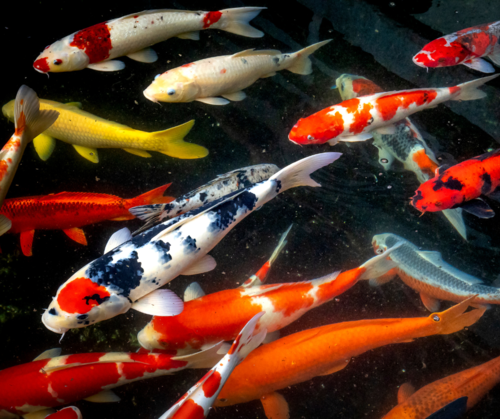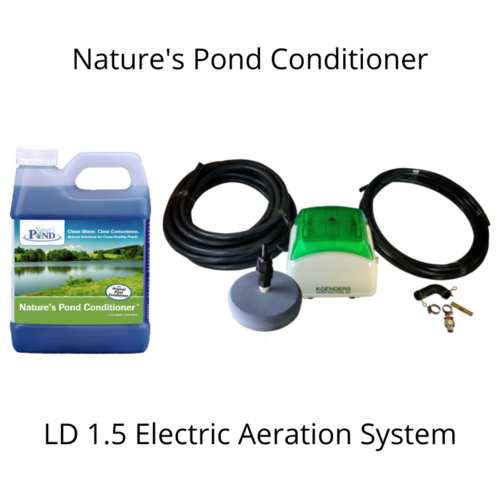
Sunlight shimmers on the surface of a picturesque pond. Amongst the blooming hyacinth and water lotus plants, you see something stirring underwater. You watch intently to see what is coming to the surface; a colorful koi fish emerges.
Carp
Koi is the Japanese word for carp. Wild koi are indigenous to fresh bodies of water around the Black, Caspian and Aral Seas. Carp were introduced to China about 2500 years ago and kept in ponds above rice paddy fields as a food source. The koi you see in ornamental ponds originate in early 19th century Japan; farmers noticed colour variations and began to breed those koi as pets.
Koi are often thought of as big goldfish. Koi and goldfish are related to carp, but they are two different species. Breeding koi is serious business, with regular competitions and close attention paid to lineage. Some koi fish have sold for over a million dollars!
Cultural Significance
A koi legend of note involves the Chinese philosopher Confucius, who was presented with a black carp for the birth of his son. All koi, according to this legend, are descended from this fish. The black and white teardrops of the yin yang symbol represent two koi, one male and one female.
Along with highly prized colour patterns, koi are associated with strength of character, accomplishment and courage. Get a koi fish tattoo to show off your perseverance!
Diet
Koi fish are omnivores; they eat plant and meat sources. In the wild, koi eat algae, insects, worms, and seeds. You can see them feeding on the surface of the pond when food pellets are thrown, and they will also feed on food sources right to the bottom.
Temperature Tolerance
The ideal temperature for koi is between 18 to 24 degrees Celsius (65 and 75 degrees Fahrenheit). Koi can hibernate during winter, but you need to have a pond deep enough in places to minimize complete freezing, and you must ensure that you maintain ideal dissolved oxygen levels. Consult a professional to see if koi can survive outside during the winter where you live.
Most fish need at least 6 parts per million (ppm) dissolved oxygen in water to survive. Koi do best with dissolved oxygen levels above 8 ppm. Koi will become lethargic and more susceptible to disease if proper oxygen levels are not maintained. Bottom up aeration ensures a steady flow of oxygen throughout the pond and the bubbles generated can help prevent the surface of the pond from icing over in the winter.
Plants
Plants add a touch of beauty to an ornamental pond and some species provide food, oxygen, and shelter for koi. Some plants to consider for a koi pond are Water Hyacinth, Water Smartweed, Water Lotus, Eelgrass, Water Lily, and Water Lettuce.
Happy Pond, Happy Koi
A koi fish pond is like any other ecosystem; stability means healthy. In addition to maintaining proper oxygen levels, nutrient buildup can cause instability. Grass, leaves, twigs, koi fish food and droppings add nutrients, driving the growth of blue-green algae.
When an algae bloom dies it sinks. As the dead algae decays, oxygen is consumed and dark coloured muck forms on the bottom.
Nature’s Pond Conditioner is safe for koi fish and helps keep nutrients that cause algae blooms under control.
Our LD 1.5 Electric Aeration System is the ideal koi pond aerator; providing consistent bottom-up aeration so you can have happy, healthy koi!
